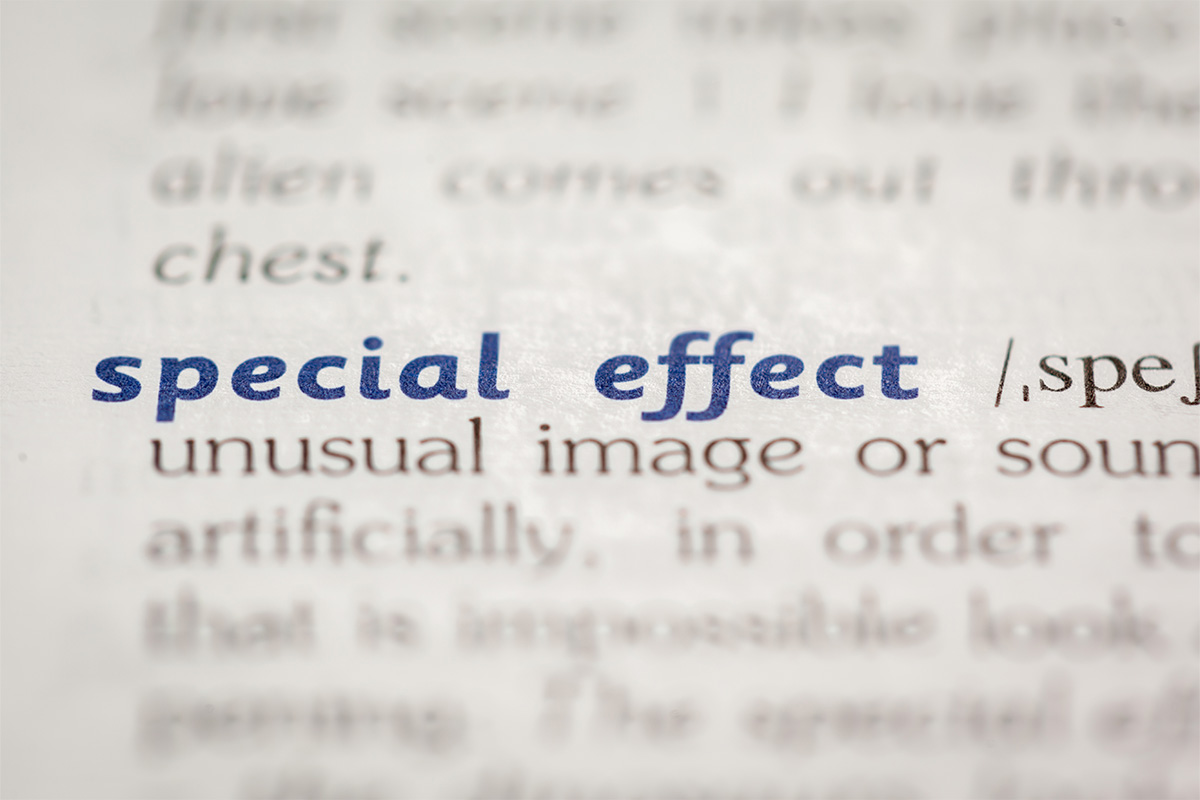
Animation Studio in South Africa: The Animation Glossary
Animation can be a captivating process, but it also comes with its fair share of technical lingo. For many people, these terms may sound like they belong to a whole different language. Fear not! This glossary is designed to help you understand some of the most common (and often confusing) animation terms in a way that is simple, straightforward, and—dare we say—fun. If you have ever considered working with an animation studio in South Africa or anywhere else, understanding these terms can go a long way in communicating your vision clearly. Whether you are thinking about creating animated content for your brand or are simply curious about how things work behind the scenes, this glossary will make it all a little easier to digest.
1. The Basics
Animation
In the simplest terms, animation is the process of making drawings, models, or objects move. In essence, it is the art of creating the illusion of movement by showing a series of still images in quick succession. It is like flipping through the pages of a picture book and having the pictures come to life, but on a much more elaborate scale.
Frame
A frame is essentially a single still image. If you think of animation as a flipbook, each page you flip through would be one frame. These frames, when shown at a high speed, create the effect of movement. So, the more frames per second (FPS), the smoother the movement.
Frame Rate
Frame rate refers to the number of frames shown in one second of animation. Higher frame rates (like 60 FPS) will give you a smoother, more fluid animation, while lower rates (like 24 FPS) give you a slightly more choppy but still effective animation. If you are planning a project with an animation studio in South Africa, keep this in mind as it will affect both the look and the feel of the final product.
2. Key Techniques
Keyframe
In animation, keyframes are the primary frames that define the starting and ending points of a movement. They are like the signposts along a road, marking the important changes in a scene. Think of them as the milestones your animation travels through. Between those keyframes, other frames are filled in to complete the movement.
Tweening
Tweening (short for “in-betweening”) is the process of creating the frames between two keyframes. If the keyframes are your signposts, then tweening is the act of filling in the road between them. In other words, it is what makes things look smooth and not like jerky stop-motion.
Rigging
Rigging involves creating the skeleton of a character or object. It is a bit like building a puppet and adding all the parts that allow it to move. An animation studio in South Africa may rig a character by adding a digital skeleton so it can be posed and animated. Without rigging, your characters would just be static images—rigging is what brings them to life!
3. Advanced Concepts
Rendering
Rendering is the process of turning all the work done in the animation into the final image or sequence. Imagine taking all your ingredients—your character designs, backgrounds, and lighting—and baking them into a finished cake. That cake is the rendered image or animation. Rendering can take a lot of time, depending on how detailed the animation is. Any animation studio in South Africa will tell you that the rendering process is the most time-consuming, as it requires a lot of attention to detail.
Compositing
Compositing involves combining different visual elements (like characters, backgrounds, and special effects) into one cohesive image or sequence. It is a bit like putting together a jigsaw puzzle, where each piece is created separately but must fit together to form the bigger picture.
Motion Capture (MoCap)
Motion capture is a technique where real-life movements are recorded using sensors and then applied to digital characters. If you have ever seen behind-the-scenes footage of actors dressed in those black suits with little dots on them, you have witnessed motion capture in action. This technique is often used for more realistic character movements in animation and video games.
4. Visual Effects (VFX)
Particle System
A particle system is used to simulate natural phenomena like smoke, fire, and rain. It is often used to create effects that would be difficult or time-consuming to animate by hand. It is not just for action movies—your animation could use particles for anything from magical sparkles to water splashes. If you are looking for some stunning visual effects for your project, an experienced animation studio in South Africa can help create these effects with ease.
Motion Tracking
Motion tracking is the process of matching a moving object in live-action footage with digital elements. For example, in a health and safety video featuring 3D characters interacting with real-world environments, motion tracking ensures that the digital characters move seamlessly within the live-action footage, as though they are truly part of the scene. This technique is essential for blending live-action and animation smoothly.
Green Screen (Chroma Key)
A green screen is used to replace a solid-coloured background (usually green or blue) with a different image or animation. Think of it as the magic behind many sci-fi and fantasy films. An actor might stand in front of a green screen, and later, that green backdrop can be replaced with whatever scenery fits the scene, from outer space to a jungle. An animation studio in South Africa can easily incorporate this technique into a project for clients looking for more flexibility with their backgrounds.
5. Industry Jargon
Alpha Channel
The alpha channel is a part of an image that controls transparency. It is what allows certain parts of your image to be transparent while others are solid. For example, if you want a character to be cut out from its background and placed in a different scene, the alpha channel makes this possible by defining what parts of the image are visible and which are not.
Aspect Ratio
Aspect ratio refers to the width and height of an image or video. The most common aspect ratio for films is 16:9 (wide screen), but there are others like 4:3 (standard screen) and more. If you want to make sure your animation fits a specific display (say, for social media or TV), understanding aspect ratios is essential. An animation studio in South Africa can help make sure your project fits perfectly on the screen it is intended for.
Storyboard
A storyboard is a series of drawings or images that outline the key scenes of an animation. It is essentially the blueprint for the entire project and helps the team visualise how the final product will unfold. Think of it as a comic strip version of the animation. For a successful project, an animation studio in South Africa will spend time creating a solid storyboard before moving forward with the rest of the animation.
Conclusion
Understanding animation terminology is a great way to make sure you are on the same page as the team creating your project. Whether you are working with an animation studio in South Africa or elsewhere, being familiar with the lingo can help you communicate your ideas more effectively and lead to a smoother production process. Hopefully, this glossary has made things a bit clearer for you—and perhaps even a little less intimidating!
Remember, animation is about creativity, fun, and a little bit of technical know-how. So the next time you are talking about keyframes, rendering, or rigging, you can rest assured that you know exactly what it means.
Congratulations, you’re now fluent in animation! (Okay, maybe at least a beginner.) Ready to see how it works in real life? Reach out to Sound Idea Digital and let’s get your project moving (literally).
We are a full-service Web Development and Content Production Agency in Gauteng specialising in Video Production, Animation, eLearning Content Development, Learning Management Systems, and Content Production.
Contact us for a quote. | enquiries@soundidea.co.za | https://www.soundideavideoproduction.co.za| +27 82 491 5824 |

